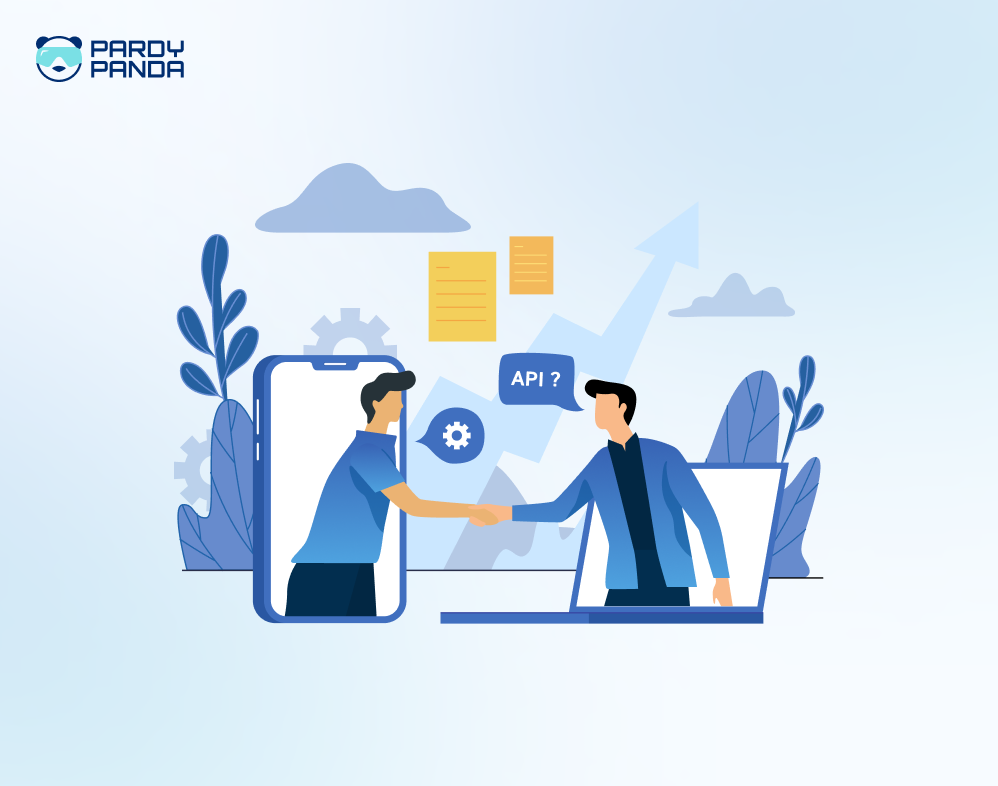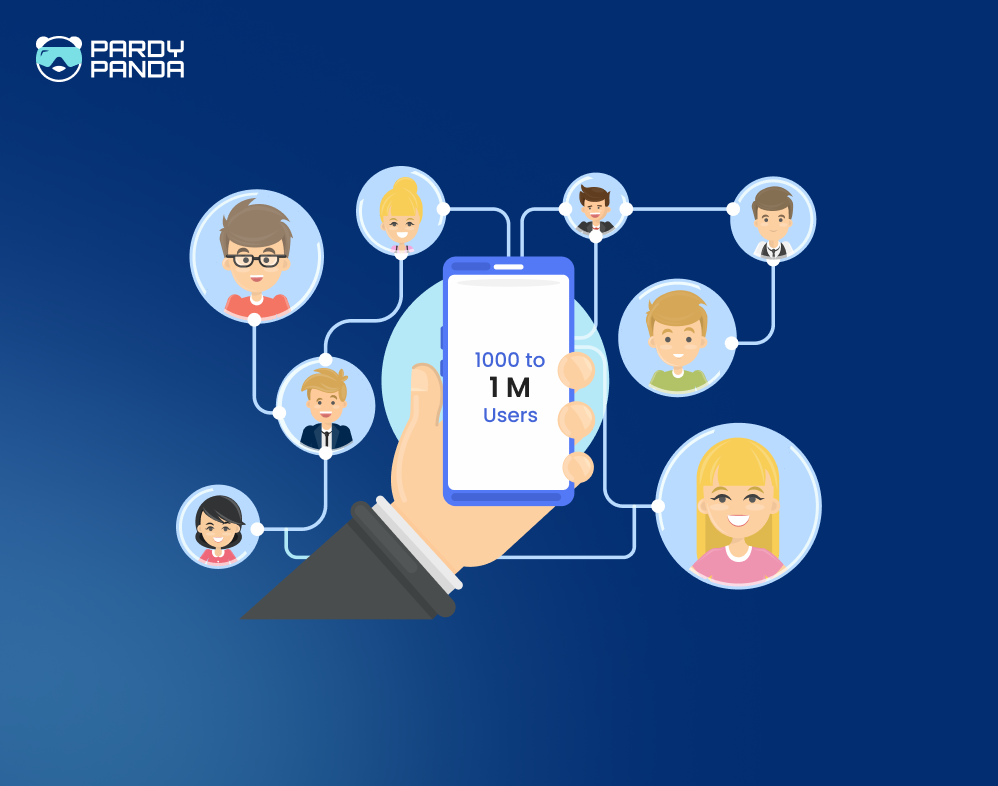The AI Dilemma Every Founder Faces
Imagine you’re a chef. You have a vision for a new kind of gourmet dish.
Do you:
- Grow your own ingredients (more control, but takes time, money, and expertise), or
- Buy them from a trusted vendor (faster to cook, but less flexibility)?
That’s exactly the kind of decision many startups and enterprises face when building AI products.
Do you build your own AI stack, fine-tuned models, custom pipelines, and in-house infrastructure? Or do you buy off-the-shelf APIs like OpenAI, Claude, Google Vertex, or Hugging Face to move fast?
Let’s unpack both options, explore real-world scenarios, and help you decide what’s right for your product.
The “Build” Path: Full Control, Full Complexity
What Building Looks Like:
You hire machine learning engineers, data scientists, and MLOps folks. You collect your own data. Train your own models (e.g., using PyTorch, JAX, or TensorFlow). You set up your own vector databases, fine-tuning pipelines, and model orchestration layers.
Benefits:
- Customization: Tailor the model to your specific use case (e.g., a healthcare chatbot trained only on your compliance rules).
- Cost Efficiency at Scale: If you have huge volumes (millions of calls/day), in-house can be cheaper long term.
- Data Privacy: Your data never leaves your ecosystem. Ideal for regulated industries.
Challenges:
- Time & Cost: Takes months to hire, build, test, and deploy.
- Talent: MLOps and LLMOps talent is expensive and scarce.
- Maintenance: You own model updates, drift, hallucination management, etc.
For Example:
Stability AI built their entire diffusion model stack from scratch to retain full IP ownership and freedom. But it took years, millions in funding, and a large expert team.
Should You Build?
- You’re building a core AI company.
- You want proprietary models as IP.
- You’re ready to invest $500K+ upfront and 6–12 months to MVP.
The “Buy” Path: Faster Launch, Lower Risk
What Buying Looks Like:
You call OpenAI’s GPT-4 API or use LangChain to chain APIs together. No fine-tuning, just some prompt engineering and middleware. Launch in weeks.
Benefits:
- Speed: MVP in 2 to 4 weeks.
- Lower Upfront Cost: Pay-as-you-go, no infra needed.
- Focus on UX, not infrastructure: Engineers focus on user experience, not deep AI pipelines.
Challenges:
- Limited Customization: You’re boxed into how the API behaves.
- Ongoing API Costs: Can balloon at scale.
- Vendor Lock-In: Changing APIs later can require major rework.
For Example:
Notion AI launched fast by using OpenAI’s APIs. They shipped AI-powered features in weeks. But now they’re exploring more control via fine-tuning or hybrid approaches.
Should You Buy?
- You want to test an idea fast.
- You don’t have AI engineers on your team yet.
- You want to launch now and iterate later.
Hybrid: The Third Option Most Teams Miss
Many successful teams start with APIs, get traction, then gradually build parts in-house:
- First 6 months: Use OpenAI + LangChain + Pinecone.
- Month 7–12: Fine-tune models using your data.
- Year 2+: Build internal vector infra or host open-source models like Llama3.
This is how companies like Duolingo and Zapier are evolving, effectively balancing speed with control.
Let's understand this in simpler terms: Renting vs Building a House
- Buying APIs is like renting a fully furnished apartment: move in tomorrow, but you can’t tear down walls.
- Building your stack is like constructing a custom home: takes time, effort, and planning, but it’s truly yours.
Decision Framework: 5 Questions to Ask
- Is AI core to our product or just a feature?
→ If core, lean toward building. If not, APIs are fine. - Do we have in-house AI talent?
→ No? Start with APIs. Yes? You can consider building. - What’s our timeline to market?
→ Need something in 2–4 weeks? APIs win. - What’s our budget?
→ <$100K? APIs. >$500K and long-term vision? Consider building. - Are we in a regulated industry?
→ Sensitive data may require on-prem or custom models.
This is What We Did for our Fintech Client
One of our fintech clients came with a strict compliance need and a dream AI roadmap. We started them on OpenAI + secure middleware + prompt audits. This got them to MVP in 3 weeks.
Then, over 6 months, we built a custom in-house model fine-tuned on anonymized user interactions, which resulted in a 60% cost reduction and better accuracy.
You don’t need to choose Build or Buy as a binary. You can stair-step intelligently, and we’ll guide you through it.
Final Thoughts
There’s no one-size-fits-all answer.
But what matters is that you don’t waste time over-engineering or overspending when a faster path exists. Nor should you become dependent on generic tools if AI is your long-term moat.
At Pardy Panda Studios, we’ve helped early-stage startups test fast with APIs, scale with fine-tuning, and eventually build custom LLM infra, all without burning runway or compromising quality.
Let us help you evaluate whether to build or buy. Our product and AI engineers can assess your roadmap, suggest a strategy, and even prototype your AI MVP in under 3 weeks.
Schedule a free consultation. We’ll be your Trusted Tech Partner from 0 to AI-powered hero.
FAQ: Build vs Buy AI Stack
1. What is the difference between building and buying an AI stack?
Building means developing and managing your own models, infrastructure, and data pipelines.
Buying means using third-party APIs like OpenAI or Google Cloud to access AI capabilities.
2. Is it cheaper to build or buy AI?
Initially, buying is cheaper. But at scale (e.g., millions of queries/month), building your own stack can reduce long-term costs.
3. What if I need custom behavior from the AI?
If your use case requires domain-specific knowledge or behavior, you may need fine-tuning or building. However, many use cases can be solved with prompt engineering + retrieval-augmented generation (RAG) using APIs.
4. Can I start with APIs and build later?
Absolutely. That’s often the best strategy. Start with APIs, validate product-market fit, and build in-house only when it makes business sense.
5. What’s the risk of vendor lock-in?
If your AI layer is tightly coupled to one API (e.g., OpenAI), it can be hard to switch later. Tools like LangChain, Semantic Kernel, and LlamaIndex can help you stay modular.
6. What’s the fastest way to launch an AI MVP?
Use off-the-shelf APIs like GPT-4, Claude, or Gemini + a simple UI (e.g., React + Firebase) and a RAG layer. We’ve done this in under 3 weeks for multiple clients.





